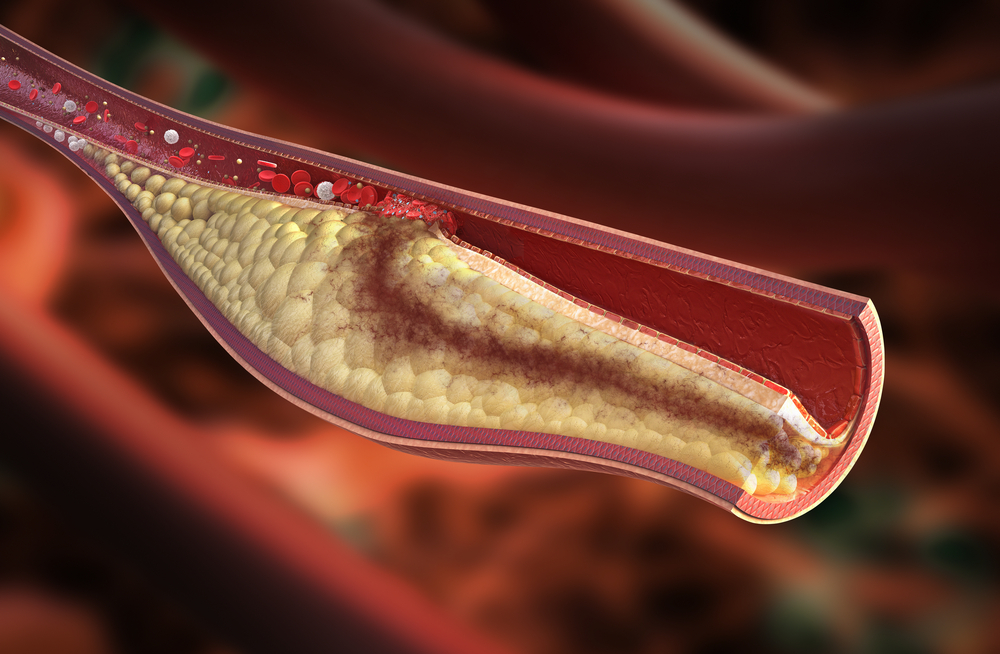In atherosclerosis, local inflammation and associated macrophage activity can lead to plaque rupture and thrombosis, making inflammation an important therapeutic target in cardiovascular disease. A commonly used therapy, cholesterol-lowering drugs called statins exhibit potent anti-inflammatory actions in addition to their effects on serum lipid production. However, because oral statins are metabolized in the liver, very little of the drug reaches the systemic circulation. To achieve anti-inflammatory effects would require very high oral doses, in excess of levels known to cause hepatotoxicity and myopathy.
A statin-loaded reconstituted high-density lipoprotein nanoparticle inhibits atherosclerotic plaque inflammation.
Duivenvoorden et al. developed a reconstituted high-density lipoprotein (HDL) nanoparticle as a vehicle to deliver statins directly to atherosclerotic plaques. They demonstrate the nanoparticle’s effectiveness in reducing cellular inflammatory processes in vitro, and in ameliorating plaque formation and inflammation in vivo, using a mouse model of atherosclerosis.
Incubated with murine cells in vitro, the nanoparticles significantly decreased macrophage proliferation, viability and cytokine production.
To study the nanoparticles’ distribution and effects in vivo, the researchers infused apolipoprotein E (apo-E) knockout mice with HDL nanoparticles loaded with a combination of statin and a gadolinium-based MRI contrast agent and/or fluorescent dye. T1-weighted magnetic resonance imaging (MRI) on a 9.4 T Bruker BioSpin system showed marked accumulation of the nanoparticles at blood vessel walls 24 hours after gadolinium-statin nanoparticle infusion. Near infrared fluorescence images revealed nanoparticle accumulation in plaque-rich regions of the aorta, where they co-localized with macrophages.
MRI comparisons showed reduced thickening of the aortic wall in apo-E knockout mice given bi-weekly nanoparticle infusions, compared to mice given oral statin or placebo. The nanoparticle treatment significantly decreased total plaque area as well as plaque macrophage content observed by histology. Corresponding decreases in inflammation-associated mRNA expression and protein levels within plaques provided further evidence of the nanoparticles’ local anti-inflammatory action.
By loading HDL nanoparticles with both drug and contrast agent or dye, the authors were able to show co-localization of drug and target in vivo, while demonstrating efficacy. The results indicate that statin-HDL nanotherapy treats atherosclerotic inflammation at the vessel wall with high potency, providing a promising new approach in cardiovascular drug delivery.
Reference
Duivenvoorden R, Tang J, Cormode DP, Mieszawska AJ, Izquierdo-Garcia D, Ozcan C, Otten MJ, Zaidi N, Lobatto ME, van Rijs SM, Priem B, Kuan EL, Martel C, Hewing B, Sager H, Nahrendorf M, Randolph GJ, Stroes ES, Fuster V, Fisher EA, Fayad ZA, Mulder WJ.
Nat Commun. 2014;5:3065. PMCID: PMC4001802.
